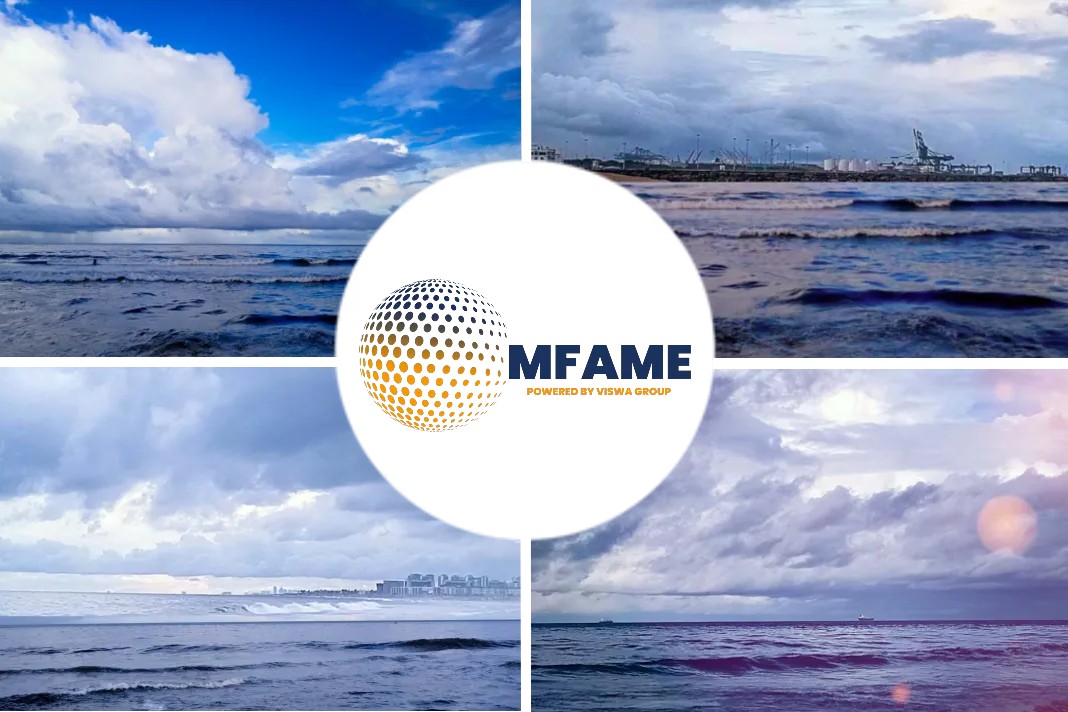- Indonesia defers 1.5 million barrels of gasoline cargoes to October
- Demand concerns resurface as China orders COVID-19 mass testing
The Asian gasoline swap crack — a measure of the product’s relative strength to crude – slumped 86% day on day to a more than two-year low Aug. 31, S&P Global Commodity Insights data showed, as regional supply outstripped demand and recessionary fears further weighed on sentiment.
Weakness in the Asian gasoline market
The front month September FOB Singapore 92 RON gasoline crack against Dubai swaps was assessed at 79 cents/b at the 0830 GMT Asian close Aug. 31, down $4.86/b on the day and plunging from the start of the month when it settled at $12.24/b, S&P Global data showed. The crack was last lower at 19 cents/b on June 2, 2020.
Weakness in the Asian gasoline market was also seen in the cargo market, with the physical FOB Singapore gasoline crack spread against front month Dubai crude edging lower, indicating that earlier gains in crude prices outpaced those for gasoline.
At the Asian close Aug. 31, the crack was assessed at 54 cents/b, down $5.72/b on the day, and down 95.19% since Aug. 1, when it settled at $11.20/b, S&P Global data showed.
Decline in crack values
Industry sources attributed the decline in crack values to weak gasoline demand from Indonesia, one of Asia’s largest buyers of gasoline. The country was heard deferring incoming gasoline cargoes totaling 1.5 million barrels due for September delivery to October, industry sources said.
Market analysts said demand for oil products was expected to remain choppy in the coming months on recession fears after the US Federal Reserve chair Jerome Powell reiterated Aug. 26 that the central bank “will do what it takes” to get inflation down to a 2% target.
Did you subscribe to our daily Newsletter?
It’s Free! Click here to Subscribe
Source: Platts


























